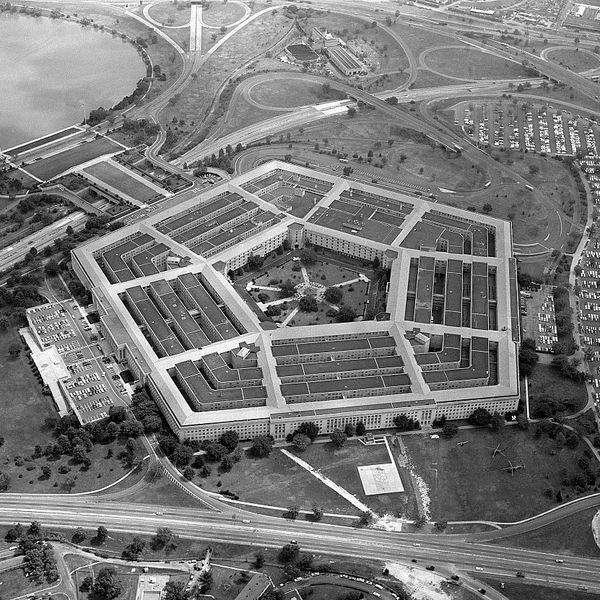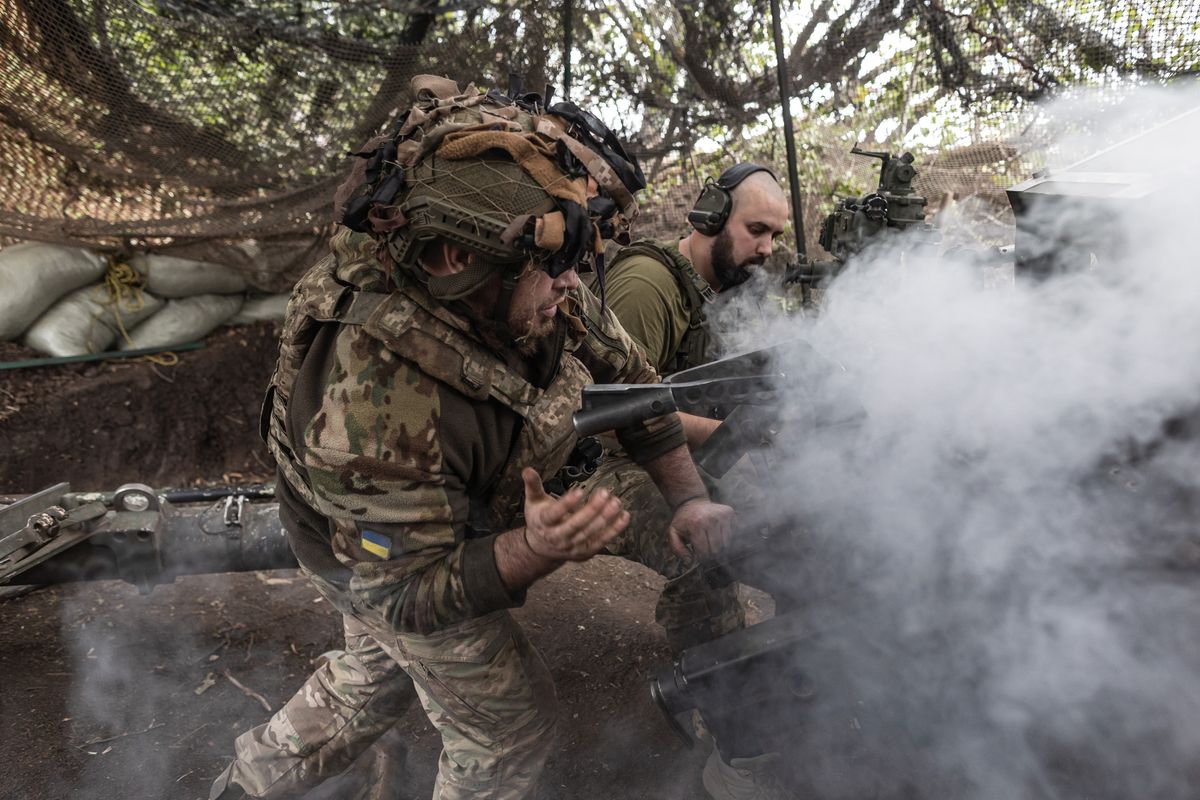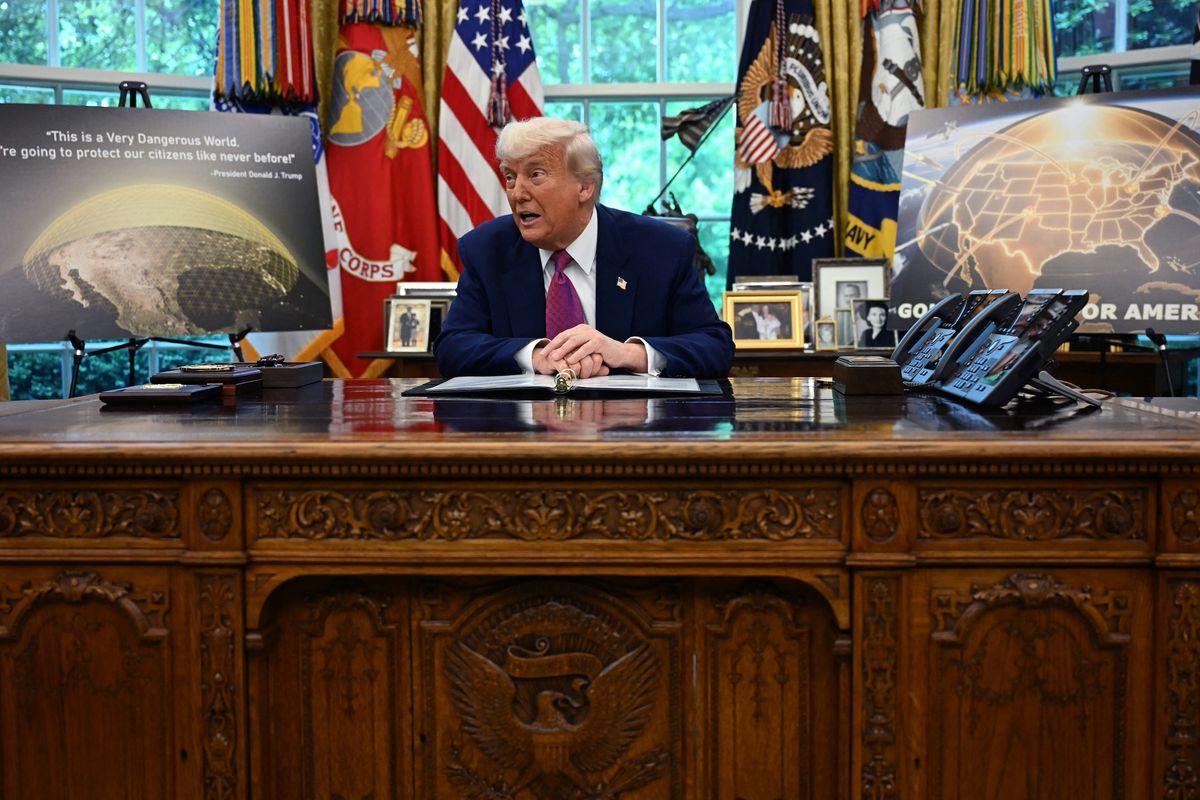The U.S. is trying to quickly gear up the nation’s ability to fight in space and our best clues into just how they're planning to do it, are coming from congressional testimony.
“Space is a warfighting environment just as is air, land and sea,” Air Force Gen. John W. Raymond, Commander, Air Force Space Command, told a House Armed Services subcommittee April 3, in supporting $14 billion in the proposed fiscal 2020 Defense budget for space activities, which represents a 17 percent increase from the current year.
At the same hearing, Kenneth Rapuano, Assistant Secretary of Defense for Homeland Defense and Global Security said, “We will compete, we will deter, and, if called upon to fight, we will win.”
He, in turn reflected what Lieutenant General David D. Thompson, Vice Commander, Air Force Space Command told the Senate Armed Services Committee back on March 27. “Our goal remains to deter conflict from extending to space, and the best way we know how to do this is to be prepared to fight and win a conflict that extends to space should deterrence fail.”
Why the new emphasis?
A January 2019, Defense Intelligence Agency (DIA) report, “Challenges to Security in Space,” said, “The advantage the United States holds in space—and its perceived dependence on it—will drive actors to improve their abilities to access and operate in and through space. These improvements can pose a threat to space-based services across the [U.S.] military, commercial, and civil space sectors.”
As a result, the DIA said, “Chinese and Russian military doctrines indicate that they view space as important to modern warfare and view counterspace capabilities as a means to reduce U.S. and allied military effectiveness. Both reorganized their militaries in 2015, emphasizing the importance of space operations.”
This has led to the Chinese and Russians developing “space surveillance networks [that] are capable of searching, tracking, and characterizing satellites in all earth orbits,” as well as creating “enhanced situational awareness, enabling them to monitor, track, and target U.S. and allied forces” on the ground, according to DIA.
In addition, DIA said, both countries “are developing jamming and cyberspace capabilities, directed energy weapons, on-orbit capabilities, and ground-based antisatellite missiles that can achieve a range of reversible to nonreversible effects.”
Among such new space threats described by DIA are: “Orbital or space-based…satellites that can deliver temporary or permanent effects against other spacecraft. These systems could include payloads such as kinetic kill vehicles, radiofrequency jammers, lasers, chemical sprayers, high-power microwaves, and robotic mechanisms. Some of these systems, such as robotic technology for satellite servicing and repair and debris removal, have peaceful uses but can also be used for military purposes.”
As an example, DIA described a Russian deployment in 2017, of what it describes as an “inspector satellite capable of diagnosing the technical condition of a Russian satellite from the closest possible distance.” However, DIA said, “Its behavior is inconsistent with on-orbit inspection activities or space situational awareness capabilities.” Instead, DIA wrote, “This same technology could also be used to approach another country’s satellites and conduct attacks that result in temporary or permanent damage.”
It is not as if the U.S. is starting from scratch. In their Hill appearances, Raymond, Rapuando and Thompson all stated the U.S. is ahead of other countries in preparing for space warfare, but that it needs to step up its plans for the future if it wants to remain dominant.
As an example, Thompson spoke of the need to develop joint warfighters for space. He described “initial training of our space operators, known as Undergraduate Space Training, to meet the demands of current and emerging challenges to national security space.” A revised 34-day training program is to start October 1, this year covering “evolving space threats and U.S. responses in greater depth,” using “a highly dynamic, threat-representative, realistic manner, including aspects of multi-domain command and control.”
The goal is to lay the foundation for “a trained, ready crew force” to deal with space war challenges.
To assist, the Air Force has approved $74.8 million in funding to advance our space training simulators along these lines, Thompson said, as well as establishing an Enlisted Space
Warfighter Advanced Instructor Course at Nellis Air Force Base, with the first class of students already selected.
The Air Force is also increasing a cadre of strategic space leaders through the Schriever
Scholars program at Air Command and Staff College. For field grade officers, the first class of 13 students will graduate in June having gone through a curriculum that included space history, policy, strategy, and doctrine.
Space Flag, a computerized, space war exercise begun in 2017, will be held three times this year beginning this month. The goal of the exercise, that usually runs about two-weeks, is “to enable forces to achieve and maintain space superiority in a contested, degraded and operationally limited environment,” according to an Air Force Space Command release.
Money is also going into some relatively little-known, but important facilities such as the new Space Fence, a second-generation, space surveillance system that is expected to be the most accurate, high-capacity radar in the Space Surveillance Network. Located on the Kwajalein Atoll, Republic of Marshall Islands, it is expected to increase the number of tracked objects in space from 23,000 to more than 60,000, according to Gen. Raymond.
The system, which is expected to be operational next year, will “increase the accuracy of orbit predictions, and improve our ability to characterize previously untracked objects and conduct collision avoidance analysis for all objects in space,” Raymond said.
Lockheed Martin, contractor for the Space Fence also predicted it will “improve the timeliness with which operators can detect space events, which could present potential threats to GPS satellites or the International Space Station. The flexibility and sensitivity of the system will provide coverage of deep space geosynchronous orbits while maintaining the surveillance fence.”
Another space-based, space surveillance effort is satellite called Silent Barker, being carried out by the Air Force in collaboration with the National Reconnaissance Office. Gen. Raymond once described it as aiming to improve satellite threat intelligence and space situational awareness. Under current plans, it is expected to be launched in 2022.
At the heart of the new space war program is the little-publicized, and highly-secret, National Space Defense Center at Schriever Air Force Base in Colorado, which went into full operation a little over a year ago. While there isn’t a lot publicly known about the Center, we do know that its mission is to discover threats to U.S. communications and spy satellites and take actions to protect them while in orbit. The staff includes contractors as well as personnel from both the military and intelligence services.
What we’ve learned in open testimony, points clearly to just how seriously the U.S. is taking the space threat, and how quickly it's moving toward developing a field of space warriors, trained to handle the final frontier.
Read more of Walter Pincus' Fine Print columns












